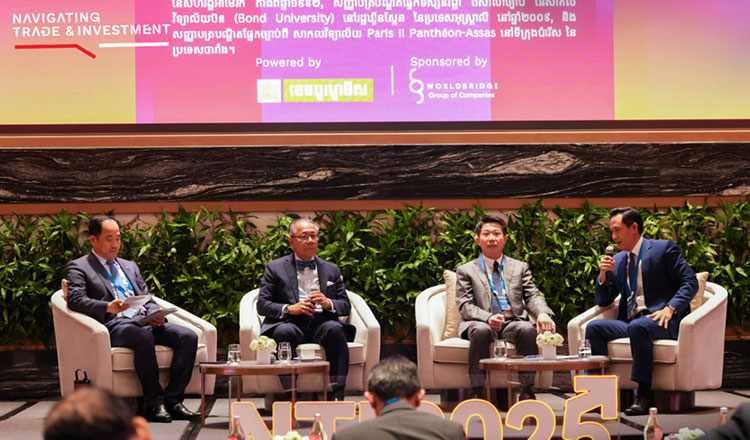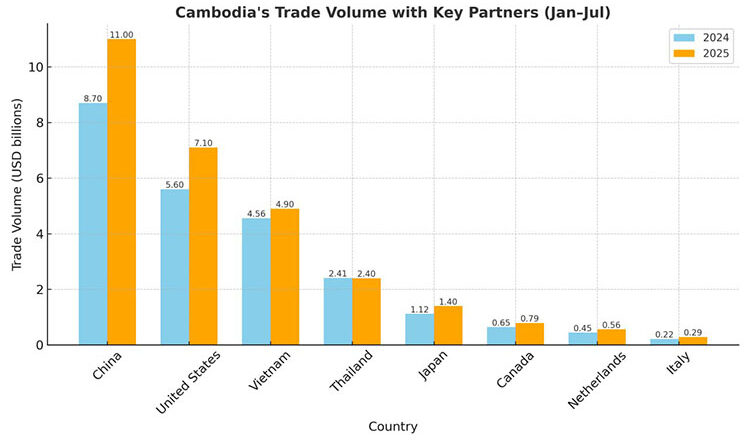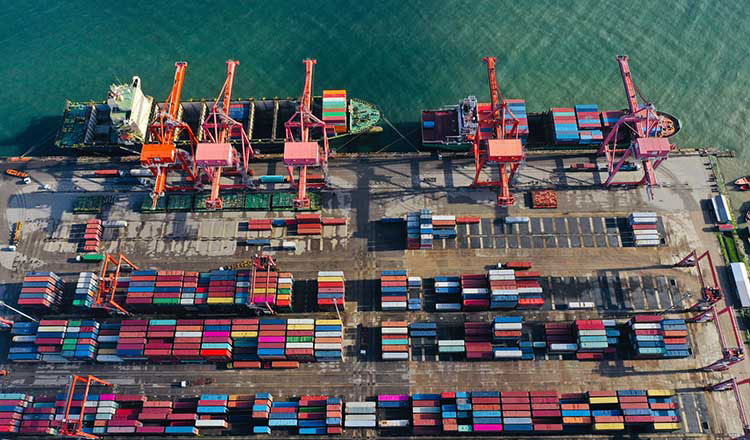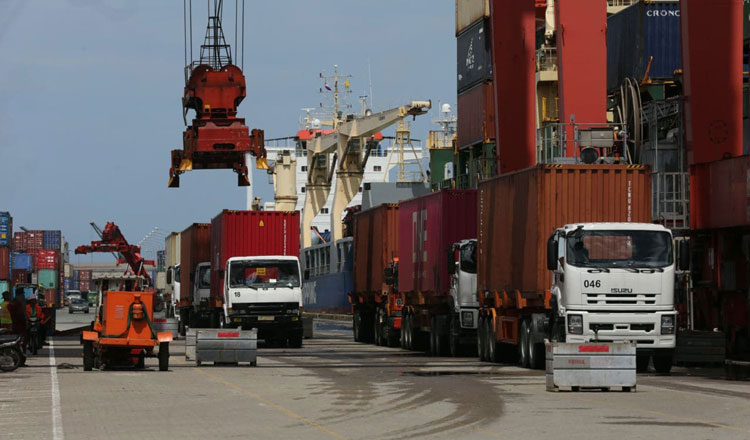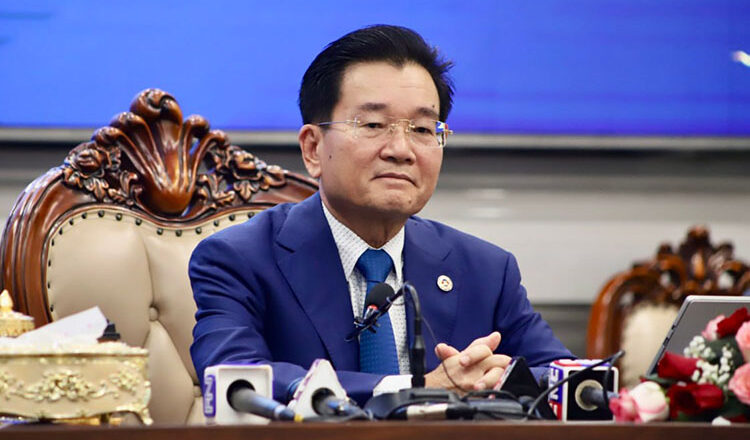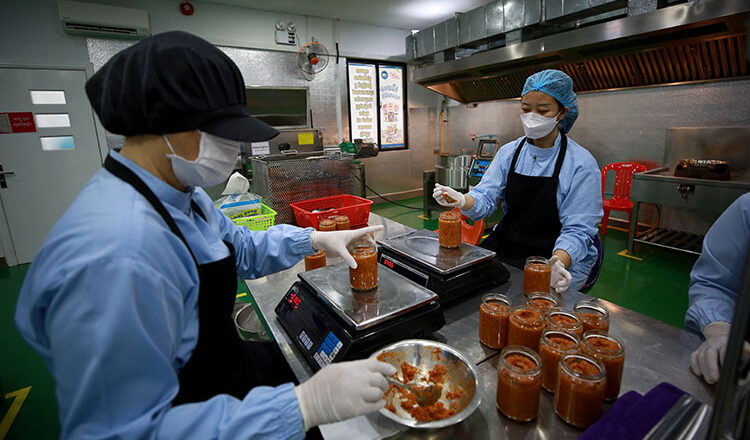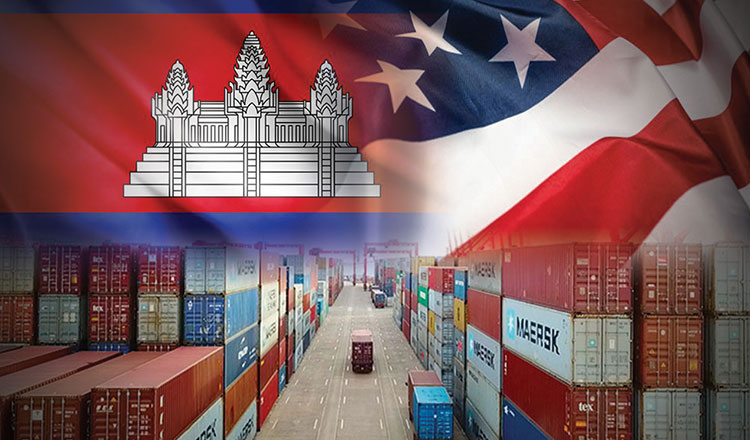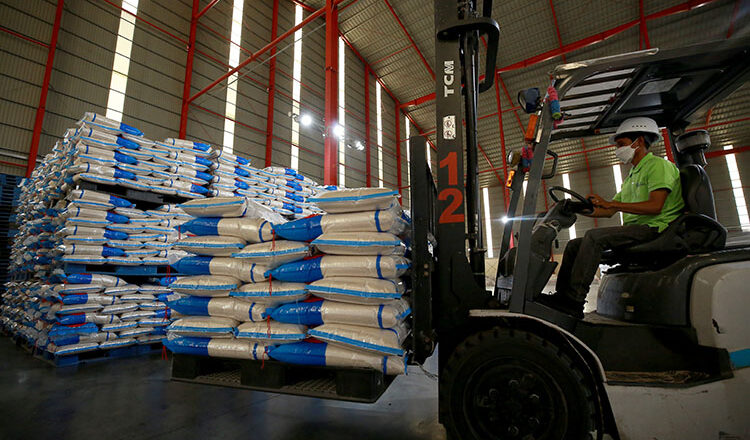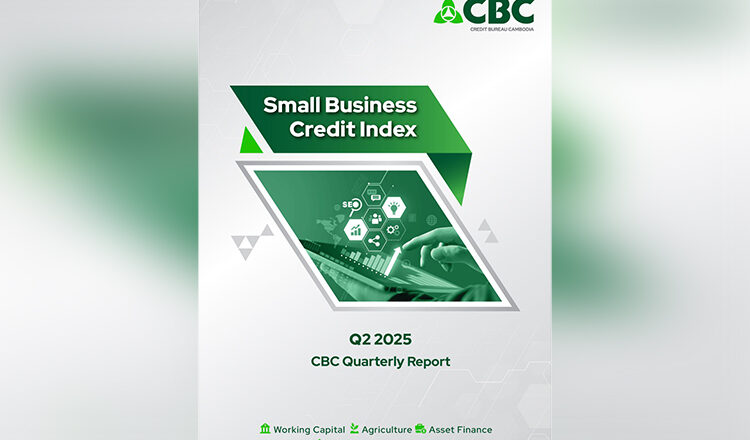Surprise surge: Cambodia’s exports to US soar nearly $7 billion, up 25 percent compared to last year
Surprise surge: Cambodia’s exports to US soar nearly $7 billion, up 25 percent compared to last year
The Kingdom remains committed to open and rules-based trade with the United States. Such an approach can generate greater investment and contribute towards a more balanced trade relationship between the two countries.

Cambodia’s exports to the United States reached approximately $6.92 billion in the first seven months of 2025, from January to July, marking an increase of more than 25 percent compared to about $5.51 billion in the same period last year, according to the latest report from the General Department of Customs and Excise (GDCE) published on Monday.
The report also revealed that Cambodia’s imports from the United States during the same period were valued at around $201 million, representing a growth of more than 30 percent from approximately $154 million in the first seven months of 2024.
Cambodia’s principal exports to the United States comprise garments, travel goods such as suitcases and bags, bicycles, accessories, and a variety of consumer products.
Conversely, imports from the US largely consist of automobiles, machinery, jewellery, cosmetics, electrical and electronic equipment, along with other consumer goods.
It is noteworthy that under the leadership of Prime Minister Hun Manet, negotiations over tariffs with the United States have produced favourable results.
US President Donald Trump has agreed to reduce the tariff rate on Cambodian imports from 49 percent to 19 percent, while Cambodia has eliminated tariffs on US goods.
The new tariff framework, which came into effect on August 1, is expected to further stimulate bilateral trade in the coming months, fostering deeper economic ties between the two nations.
Arnaud Darc, Chairman and CEO of Thalias and Co-Chair of the Government-Private Sector Forum (Working Group D), told Khmer Times the White House Executive Order 14257, issued on July 31, marks a significant but challenging development for Cambodia’s export sector. The order sets a final reciprocal tariff rate of 19 percent on Cambodian goods entering the United States, effective August 7. This replaces the previously feared 49 percent punitive tariff, offering Cambodia a critical reprieve from potential economic devastation. However, Darc cautions that this reduction is far from a relief.
“At 19 percent, Cambodia’s tariff now matches those of Indonesia, Malaysia, the Philippines, and Thailand. But when combined with existing Most Favoured Nation (MFN) tariffs – usually 16 to 20 percent on garments and footwear – the total border cost jumps to 35–39 percent, severely undermining Cambodia’s price competitiveness,” Darc explained.
He noted that countries with duty-free access, such as Kenya under AGOA or Honduras under CAFTA-DR, now hold a 30 to 40 percentage point cost advantage over Cambodia. The nation’s prior edge in ethical sourcing and cost efficiency is no longer sufficient in this new trade environment.
The Executive Order also includes a stringent crackdown on transhipment. Annex II imposes a 40 percent penalty tariff on goods rerouted through third countries to evade tariffs, with enforcement through enhanced Customs and Border Protection (CBP) data matching, expanded port inspections, and retroactive audits. “Buyers and freight forwarders must now certify chain-of-custody provenance or face severe legal consequences,” Darc said.
In response, Cambodia’s private sector submitted a seven-pillar policy matrix to the Prime Minister after the July 10 Government-Private Sector Forum meeting. Proposed measures include electricity tariff reductions, port fee waivers for US-bound exports, export tax rebates, direct engagement with US buyers, and worker reskilling subsidies. If adopted, these could reduce production costs by $1.30 to $1.50 per unit.
The tariff changes have broader regional implications. Myanmar and Laos now face 40 percent reciprocal tariffs, while Vietnam accelerates trade outreach through CPTPP and Thailand considers reviving US-FTA talks. Indonesia and the Philippines are exploring alternative strategies to mitigate US tariff impacts.
Darc also highlighted the tariff’s hidden cost to American consumers. A typical $20 Cambodian t-shirt will now retail for $23 to $25 in the US market. Retailers may offset this by shifting supply or reducing product variety, but some price increases are inevitable.
Looking ahead, Darc stressed the urgency of rapid policy implementation and expanded diplomatic efforts. “Cambodia must execute cost relief measures by Q4, pursue bilateral talks with the US Trade Representative, and diversify markets through Japan, the EU, and Australia,” he urged.
“This tariff regime signals the end of business as usual for Cambodia’s export model. Adaptation with discipline and urgency is crucial to preserving the country’s place in the global value chain.”
Cambodia’s strong export performance, particularly the significant increase in shipments to the United States, reflects the Royal Government’s effective policy framework and well-executed operational strategies, an economist said.
Darin Duch, an economist, told Khmer Times that the Kingdom’s economic achievements have been driven by diversification of its production base, improvements in trade facilitation, and the expansion of market access through a range of bilateral and multilateral arrangements.
“The high rate of exports, especially the sharp increase to the US, is a clear sign of the competitiveness of goods produced in Cambodia,” Darin said. “Better logistics, streamlined customs procedures, and targeted investment in high value-added sectors have all played a key role. I am encouraged by these foundations and view them as a positive indication of continued momentum into the latter half of the year.”
Darin noted that the current pattern of trade with the United States demonstrated a robust and mutually beneficial relationship. While the trade surplus is in Cambodia’s favour, he said this was typical for a developing economy with an export-oriented manufacturing base.
“Cambodia remains committed to open and rules-based trade with the United States. This approach can generate greater investment and contribute towards a more balanced trade relationship between the two countries,” he said. “I view the rising trade surplus not as a point of contention but as an opportunity to deepen engagement, especially in technology, education, tourism, and green energy.”
He stressed that Cambodia’s export strategy was not solely reliant on the US market. While textiles, footwear, and travel goods dominate exports to the US, other destinations — including China, Japan, Canada, and Vietnam — account for a broader mix of products such as agricultural produce, electronics, and processed foods.
“These partnerships are underpinned by targeted trade missions, technical assistance, and bilateral agreements tailored to the specific requirements and regulations of each market,” he explained.
Furthermore, Darin emphasised the need to strengthen trade resilience amid ongoing global economic uncertainty. The government, he said, is actively working to open new export markets and accelerate integration into regional and global value chains.
“Building the capacity of the Kingdom’s small and medium-sized enterprises, investing in digital trade infrastructure, enhancing human capital, and improving regional connectivity are all integral parts of the strategy,” Darin said. “By pursuing these measures, Cambodia can ensure sustainable growth and remain competitive in an increasingly challenging international trading environment.”
- 07:46 13/08/2025



